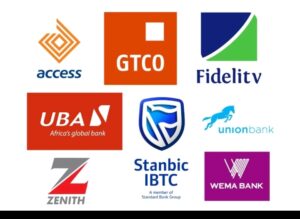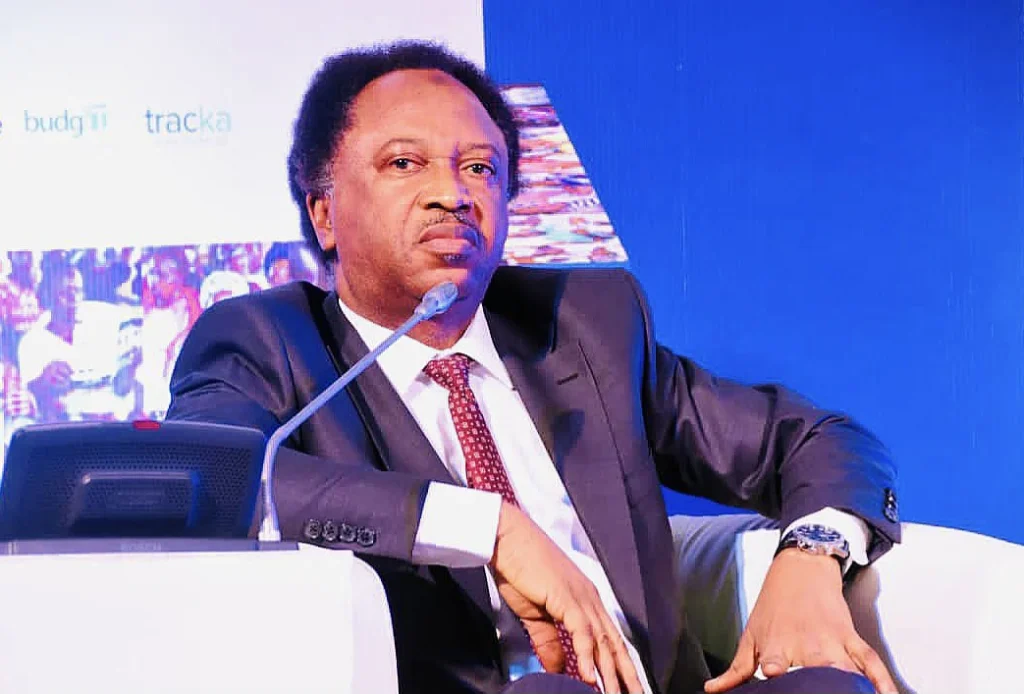Nigerian Banks Increase Advertising Spend in Response to Fintech Disruption

Nigeria’s leading commercial banks significantly increased their advertising and marketing expenditure in 2023, with First Bank Holdings topping the list with over ₦32 billion spent, a dramatic leap from previous years.
The surge reflects growing competition in the financial services sector, fueled by the aggressive market entry of fintech platforms like OPay, PalmPay, and Kuda.
According to recently released data, First Bank Holdings led the pack with ₦32.33 billion in advertising and marketing spend in 2023, nearly tripling its ₦12.13 billion outlay from the previous year.
Fidelity Bank followed with ₦22.82 billion, while Access Bank spent ₦19.80 billion. United Bank for Africa (UBA) and Zenith Bank reported ₦18.86 billion and ₦11.45 billion respectively, while Guaranty Trust Holding Company (GTCO) spent ₦8.76 billion.
These figures underscore a strategic shift among legacy banks towards aggressive branding, digital marketing, and customer acquisition as they seek to defend market share against agile fintech disruptors.
The shift is also being driven by increased investment in digital banking platforms and services, as traditional banks look to keep pace with the convenience and user-friendly offerings of fintech competitors.
Financial analysts suggest that this trend will likely continue through 2024 and beyond, with more banks integrating personalized digital campaigns and influencer-driven content to attract a younger, tech-savvy demographic.
The rise in promotional spending also coincides with broader economic challenges, including inflation and currency volatility, which have pressured banks to innovate and sustain public trust.
While full-year advertising expenditure data for 2024 is still being compiled, early indications suggest another record year for marketing budgets within the Nigerian banking sector.
For consumers, the increased competition has translated into better digital banking services, innovative financial products, and more engaging customer experiences. However, for the banks themselves, the race for visibility and relevance in a crowded market continues to intensify.







